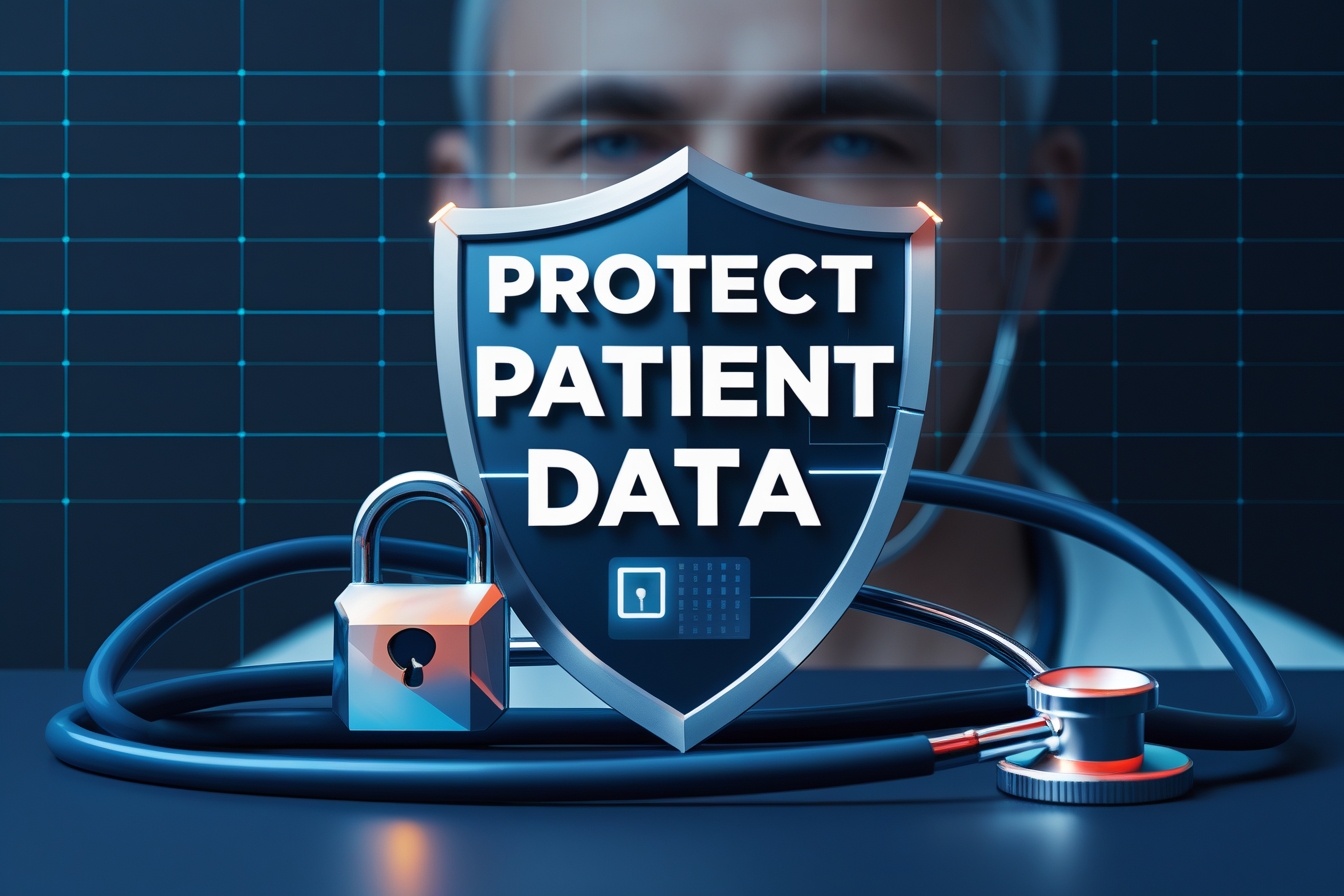As healthcare technology advances, connected medical devices have become an essential part of modern medical care. From insulin pumps to heart monitors, these devices improve patient outcomes and streamline healthcare services. However, they also pose significant cybersecurity risks, making patient privacy and data security a top priority.
Understanding the Risks of Connected Medical Devices
Connected medical devices collect and transmit sensitive patient data. Without proper security measures, this data can be vulnerable to cyberattacks, unauthorized access, and breaches. Common threats include:
- Unauthorized Access: Hackers gaining control of medical devices or patient records.
- Data Breaches: Exposure of private health information due to weak security protocols.
- Malware and Ransomware Attacks: Malicious software that can disrupt device functionality.
- Network Vulnerabilities: Unsecured hospital networks can provide entry points for cybercriminals.
By understanding these risks, healthcare providers and medical device manufacturers can take proactive steps to protect patient privacy.
Best Practices for Securing Connected Medical Devices
1. Implement Strong Authentication and Access Controls
- Use Multi-Factor Authentication (MFA): Require more than just a password to access devices.
- Role-Based Access Control (RBAC): Limit access to sensitive data based on job roles.
- Regularly Update Credentials: Change passwords and authentication tokens periodically.
2. Ensure End-to-End Encryption
Data transmitted between medical devices, healthcare providers, and cloud storage should be encrypted using:
- AES-256 Encryption: A strong standard for securing patient data.
- TLS (Transport Layer Security): Protects data in transit.
- Zero-Trust Architecture: Requires continuous authentication and verification.
3. Conduct Regular Security Audits and Risk Assessments
Healthcare organizations should:
- Perform Vulnerability Scans: Identify weaknesses in connected devices.
- Engage in Penetration Testing: Simulate cyberattacks to evaluate security readiness.
- Update Security Policies: Adapt policies to evolving threats and compliance requirements.
4. Keep Software and Firmware Up-to-Date
Outdated software can expose devices to security vulnerabilities. Best practices include:
- Automatic Updates: Enable automatic patching for critical security fixes.
- Firmware Verification: Ensure updates come from trusted sources.
- Secure Boot Process: Prevent unauthorized software from loading on devices.
5. Train Healthcare Professionals on Cybersecurity Awareness
- Recognizing Phishing Attacks: Educate staff on avoiding suspicious emails and links.
- Device Usage Policies: Train employees on secure handling of medical devices.
- Incident Response Training: Equip staff with knowledge on responding to security breaches.
6. Implement Network Segmentation
To protect connected medical devices from external threats:
- Isolate Medical Devices from Public Networks: Create a dedicated network for medical devices.
- Use Firewalls and Intrusion Detection Systems (IDS): Monitor network traffic for suspicious activity.
- Apply Least Privilege Principles: Restrict network access to essential systems only.
7. Compliance with Regulatory Standards
Organizations must comply with federal and industry regulations, including:
- HIPAA (Health Insurance Portability and Accountability Act): Mandates strict controls over patient data.
- FDA Cybersecurity Guidelines: Provides security recommendations for medical device manufacturers.
- NIST (National Institute of Standards and Technology) Framework: Offers best practices for managing cybersecurity risks.
8. Secure Third-Party Vendors and Supply Chains
Many connected medical devices rely on third-party software and components. To ensure security:
- Perform Security Assessments: Evaluate vendor cybersecurity practices.
- Establish Data Protection Agreements: Ensure vendors comply with data security regulations.
- Monitor Supply Chain Risks: Identify vulnerabilities in manufacturing and distribution processes.
The Role of AI and Machine Learning in Cybersecurity
Artificial Intelligence (AI) and Machine Learning (ML) can enhance security for connected medical devices by:
- Detecting Anomalies: Identifying unusual device behavior that may indicate a security breach.
- Predicting Threats: Analyzing past cyberattacks to anticipate new threats.
- Automating Security Responses: Quickly responding to potential breaches to minimize damage.
Conclusion
As healthcare technology continues to evolve, securing connected medical devices must remain a top priority. By implementing strong authentication, encryption, regular audits, and employee training, healthcare organizations can safeguard patient privacy while ensuring compliance with industry regulations.
By adopting these best practices, hospitals, medical device manufacturers, and healthcare providers can create a more secure digital healthcare ecosystem, ultimately protecting patients and their sensitive information from cyber threats.



